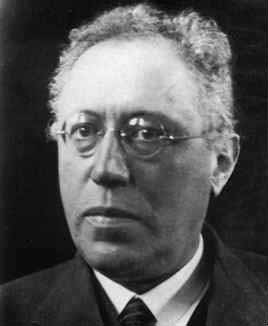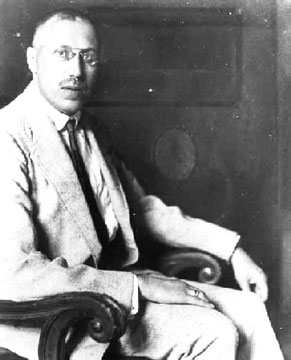<Back to Index>
- Mathematician Hans Hahn, 1879
- Cartoonist Thomas Nast, 1840
- Priore of the Republic of Florence Còsimo di Giovanni degli Mèdici, 1389


Hans Hahn (September 27, 1879 – July 24, 1934) was an Austrian mathematician who made contributions to functional analysis, topology, set theory, the calculus of variations, real analysis, and order theory.
Born in Vienna, he was a student at the Technische Hochschule in the same city. He also studied in Strasbourg, Munich and Göttingen. He was appointed to the teaching staff in Vienna in 1905 and became professor of mathematics there in 1921. In session 1905-06 Hahn substituted for Otto Stolz at Innsbruck.
He was also interested in philosophy, and was part of a discussion group concerning Mach's positivism with Otto Neurath and Phillip Frank prior to the First World War. In 1922, he helped arrange Moritz Schlick's entry into the group, which led to the founding of the Vienna Circle, the group that was at the center of logical positivist thought in the 1920s. His most famous student was Kurt Gödel, whose Ph.D. thesis was completed in 1929.
Hahn's contributions to mathematics include the Hahn–Banach theorem and (independently of Banach and Steinhaus) the uniform boundedness principle. Other theorems include: the Hahn decomposition theorem; the Hahn embedding theorem; the Hahn–Kolmogorov theorem; the Hahn–Mazurkiewicz theorem; the Vitali–Hahn–Saks theorem.
Hahn was also a co-author of the book Set Functions. It was published in 1948, fourteen years after his death in Vienna in 1934.